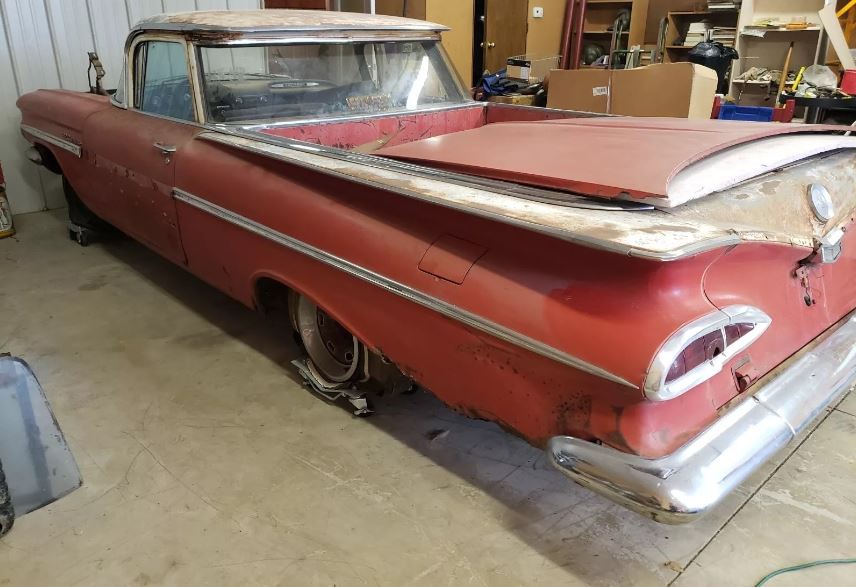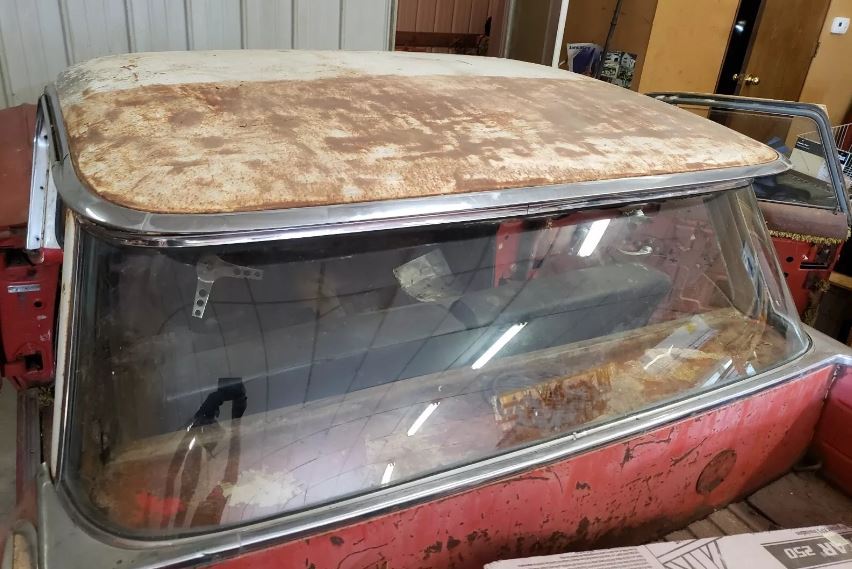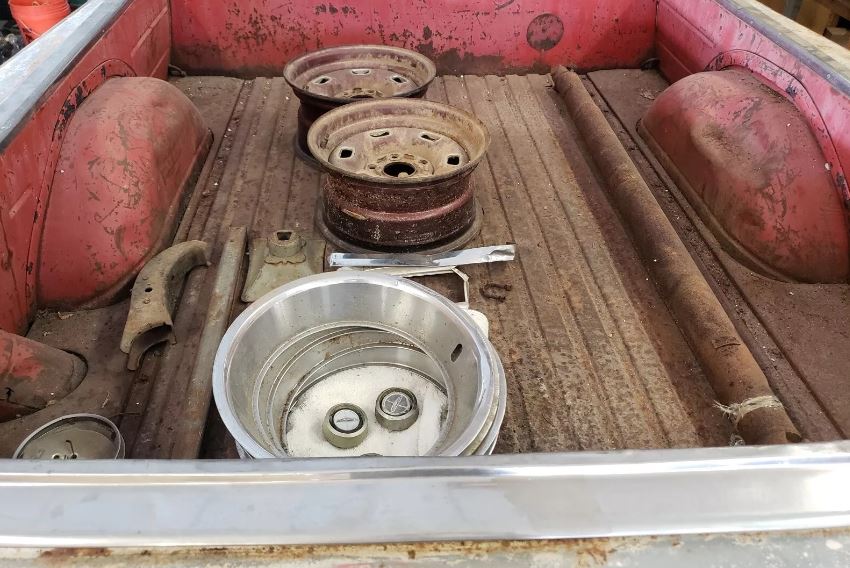Chevrolet’s big hit for 1959 was undeniably the overwhelmingly popular Impala model. This was the first year for the standalone nameplate, which would go on to conquer the hearts of American motorists for the entire decade that followed. However, another Chevy newcomer broke ground that year, though it wasn’t near as successful at first as its flashy sibling. The El Camino briefly appeared for two model years (1959-1960) before it returned in 1964.
The nameplate was dropped after just 24 months of production because, as almost always, lingering sales, with the El Camino having moved under 36,500 units in two years. By Chevrolet standards, that’s leftovers from the three-million-plus production run of General Motors’ cash cow division for the respective period.
Still, Chevrolet couldn’t not react to Ford’s 1957 Ranchero coupe utility model, so the El Camino was unveiled in the fall of 1958 as part of the new and redesigned lineup of cat-eyed taillight Bowtie automobiles. With 22,246 examples assembled, the two-door passenger pickup mongrel vehicle wasn’t exactly a superstar, but it did get some attention.
The two-door, three-passenger cargo hauler was equipped with a straight six as standard, the Hi-Thrift single-barrel 235-cubic-inch motor (3.9-liter) with 135 hp and 215 lb-ft (137 PS, 292 Nm). The 283 cubic-inch V8 (the 4.6 liter) was a no-cost option with a stouter output of 185 horses and 275 lb-ft (188 PS, 373 Nm) thanks to its two-barrel Rochester carburetor. Finally, at the top of the range sat the same engine fitted with a quad-pot Carter WCFB. For extra cash, this small-block delivered 230 hp and 300 lb-ft (233 PS, 407 Nm).
For a lot more money, the fuel-injected 283 V8 was available. But who would cough up 484 bucks to put a 250-hp powerplant in a $2,500 light pickup truck when the same power could be had for much less than half the price ($199) in the form of a 348-cubic-inch big-block? Even the hottest triple-carbureted 315-hp, 348-cube V8 was a lot cheaper, at $305.
Transmission-wise, the El Camino came with a three-speed manual as the regular setup, two—and three-speed Powerglide and Turboglide automatics as options, the close-ratio four-speed manual, and the three-speed with overdrive manual. Add the rear axle ratios of 3.36, 3.55, and 4.11 (with dealer-installed 3.07 and 4.33 gears), and the El Camino could be anything from very mild grocery-and-church transportation to very uncivilized brutality in rural clothing.
Despite the later revival between 1964 and 1987, the El Camino didn’t have a smooth start in life, so finding one first-year example is quite an emotion-stirring occasion. Probably that’s the rationale behind the habitual owner of one asking for too high a price to get any offers, like this example offered for sale on eBay at the not-so-friendly price of $8,000. With zero bids so far, time running out, and a Buy It Now option of a grand, the engineless 1959 El Camino is a bit out of line for the regular car enthusiast (at least so far).
The Chevy was born with the baseline Stovebolt inline-six and a humble three-speed manual (the latter is still in the car, but the former is long gone). With 67,526 miles (108,673 km) under its belt, this worn-out El Camino has been waiting for a restoration since the early eighties. The past two decades have brought a ray of sunshine into its life in the form of a sheltered retirement.
According to his claims, the current owner from Billings, Missouri, bought it like it is now with the declared intention of getting it back on the road. For some reason, he never got to it, and the floor pans are still rusted, ‘but not as bad as most,’ as the seller notes.
By all looks, someone did try to cover the holes with metal sheets. The dented rear quarter panels show further signs of long-ago repair attempts. The body appears solid, and the Chevy still has the glass on it – with a complementary crack in the windshield.


